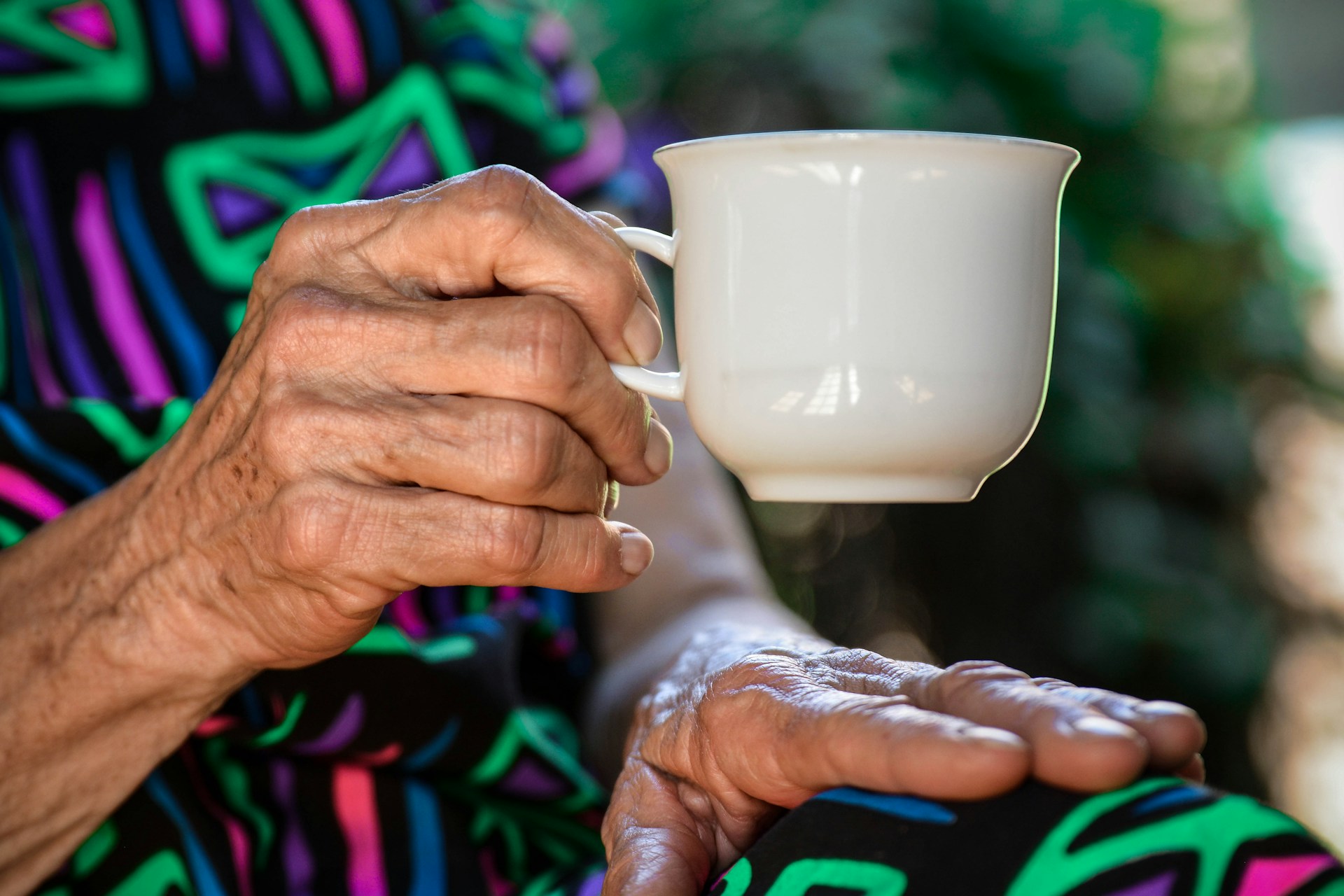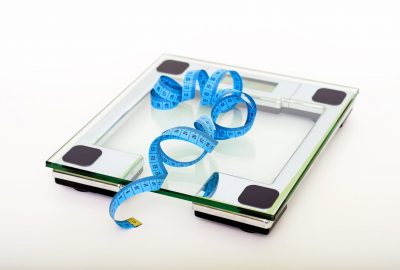Falls among the elderly are a significant public health issue, contributing to serious injuries, disabilities, and even fatalities. With aging populations across the United States, Europe, and Australia, the economic burden of falls is staggering. This article delves into the financial impact of falls in the elderly, examines tools to assess fall risk, and explores evidence-based exercises to mitigate this risk.
The Economic Impact of Falls in the Elderly
Falls among the elderly are not only a personal tragedy but also a significant economic burden. In the United States alone, the financial toll of falls among older adults is immense. According to the Centers for Disease Control and Prevention (CDC), the total medical costs for falls in older adults were more than $50 billion in 2015, and rose to $80 billion in 2020 according to a BMJ publication. These costs are expected to continue to rise as the population ages. A considerable portion of these expenses is shouldered by Medicare and Medicaid, which cover approximately 71% of these costs (in 2020). In Europe, the costs are similarly daunting. For instance, in the UK, the annual cost of falls is estimated to be around £2.3 billion, primarily due to the expenses associated with hospital admissions and long-term care. Australia, with its aging population, also faces substantial financial challenges, with the estimated cost of fall-related injuries exceeding AUD 3 billion annually.
The Average Cost Per Patient Following a Fall
The cost of treating an elderly patient who has fallen can vary widely depending on the severity of the injury, the need for surgery, rehabilitation, and the potential need for long-term care. On average, the direct medical costs for a fall injury in the United States are around $30,000. This figure includes hospital stays, surgeries, and rehabilitation services. In cases where the fall results in a hip fracture, the costs can skyrocket to over $40,000 per patient. In Europe, the cost per patient is estimated to range from €10,000 to €15,000, depending on the country and healthcare system. In Australia, similar estimates suggest that the average cost per fall-related hospital admission is around AUD 5,000 to AUD 6,000, with hip fractures being among the most expensive outcomes.
Common Tools to Assess the Risk of Falls
Given the significant impact of falls, it is crucial to identify individuals at high risk. Several tools have been developed to assess fall risk in the elderly population, helping healthcare providers implement preventive measures. Some of the most commonly used tools include:
- Timed Up and Go (TUG) Test: This test measures the time it takes for an individual to rise from a chair, walk three meters, turn around, walk back, and sit down. A longer time indicates a higher risk of falling.
- Berg Balance Scale (BBS): The BBS assesses balance through a series of 14 tasks, including standing, sitting, and reaching. Scores are based on the ability to perform these tasks, with lower scores indicating a higher risk of falls.
- Functional Reach Test: This test measures how far a person can reach forward while standing in a fixed position. A shorter reach is associated with a greater risk of falling.
- Fall Risk Assessment Tool (FRAT): The FRAT is a more comprehensive tool that includes factors such as fall history, medication review, and physical and cognitive assessments. It is often used in clinical settings to guide fall prevention strategies.
Validity of Fall Risk Assessment Tools
The effectiveness of fall risk assessment tools has been the subject of extensive research. The Timed Up and Go (TUG) test, for instance, has been validated through numerous studies and is widely regarded as a reliable predictor of fall risk. A meta-analysis published in the Journal of the American Geriatrics Society found that the TUG test has moderate to high sensitivity and specificity for predicting falls in community-dwelling older adults.
Similarly, the Berg Balance Scale (BBS) has been validated in multiple studies, showing strong predictive validity for falls in both community and clinical settings. A study published in Physical Therapy highlighted the BBS’s ability to distinguish between elderly individuals at low, moderate, and high risk of falling.
The Functional Reach Test also has demonstrated predictive validity, particularly in identifying individuals with impaired balance. Research published in the Journal of Gerontology supports its use as a simple and effective tool for assessing fall risk.
The Fall Risk Assessment Tool (FRAT), while more comprehensive, has also been validated in clinical settings. However, its effectiveness can vary depending on the specific components used and the population being assessed. Overall, these tools are valuable in identifying individuals at risk of falls, but they should be used as part of a broader assessment that includes clinical judgment and individual patient factors.
Exercises Proven to Reduce the Risk of Falls
Preventing falls in the elderly is a multifaceted challenge, but evidence shows that certain types of exercises can significantly reduce the risk. These exercises generally focus on improving strength, balance, and flexibility, which are critical components in maintaining mobility and preventing falls.
Strength Training: Strengthening exercises, particularly those targeting the lower body, can help improve muscle mass and endurance, making it easier for elderly individuals to maintain their balance. Examples include leg presses, squats, and resistance band exercises.
Balance Training: Balance exercises are specifically designed to improve stability and coordination. Tai Chi, a form of exercise that involves slow, deliberate movements and weight shifting, has been shown to be particularly effective. Studies have demonstrated that regular practice of Tai Chi can reduce the risk of falls by up to 55%.
- Flexibility Exercises: Flexibility exercises, such as stretching, can improve the range of motion in joints, which is important for maintaining balance and preventing falls. Yoga, which combines flexibility and balance training, has also been shown to reduce fall risk.
The Effectiveness of Exercise in Reducing Fall Risk
The effectiveness of exercise in reducing the risk of falls among the elderly has been well-documented in the scientific literature. According to a Cochrane review, exercise programs, particularly those that include a combination of strength, balance, and flexibility training, can reduce the risk of falls by approximately 23% to 40%. Tai Chi, in particular, has shown to reduce fall risk by up to 55%, as mentioned earlier.
Another study published in the British Medical Journal (BMJ) found that multifactorial interventions, including exercise, reduced the rate of falls by 24%. The same study emphasized the importance of personalized exercise programs tailored to an individual’s specific risk factors.
Using Computer vision to assess and reduce risk of falls
Computer vision technology could be increasingly used in fall risk assessments to analyze how patients move. By using cameras and sophisticated algorithms, computer vision systems could monitor gait, balance, and posture in real time. This may allow healthcare providers to detect subtle changes in movement that may indicate an increased risk of falling, such as asymmetry in limb movement or changes in stride length. Unlike traditional assessments that might require physical interaction or subjective judgments, computer vision may provide an objective, non-invasive method to assess fall risk accurately and efficiently.
Exercise routines designed to improve balance, strength, and coordination- as a part of fall prevention programs, can also be guided and tracked by computer vision. These systems may provide real-time feedback to patients and users as they perform exercises, ensuring proper form and technique, which is crucial for preventing falls. Moreover, the data collected from these sessions could be analyzed to personalize and adapt exercise programs to individual needs, making the prevention strategies more effective. By combining assessment with tailored exercise programs, computer vision offers a comprehensive approach to reducing the risk of falls, particularly in older adults or those with mobility impairments.
Conclusion
Falls among the elderly represent a significant public health challenge with substantial economic implications. Understanding the cost associated with falls, the tools available to assess fall risk, and the exercises proven to reduce this risk is crucial for healthcare providers, caregivers, and policymakers. By implementing targeted interventions, including regular exercise programs, we could significantly reduce the incidence of falls and improve the quality of life for elderly individuals.


